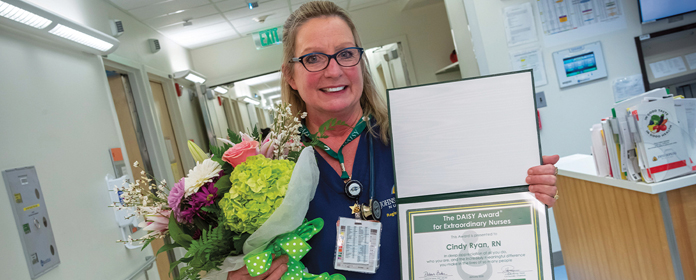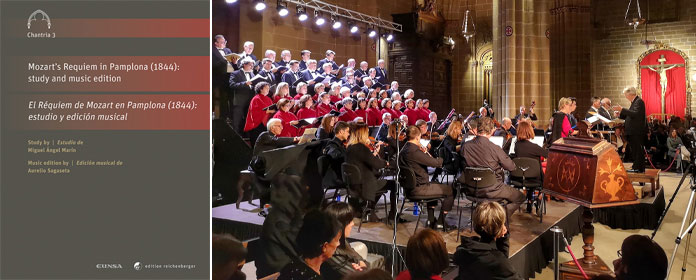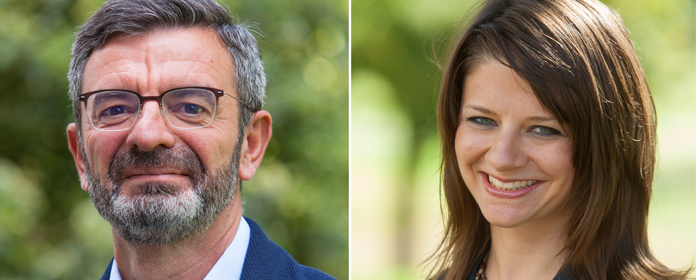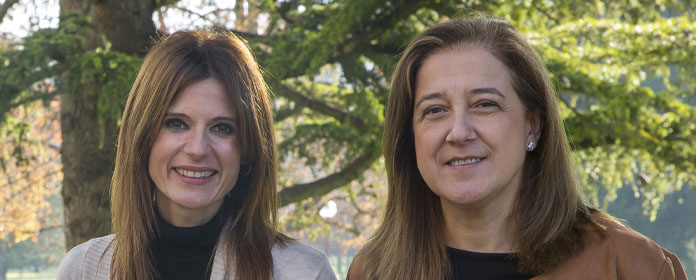Discussing palliative care in the press can contribute to the development of its practice
ICS researchers published an article in Plos One, arguing for greater press for palliative care professionals, patients and family members
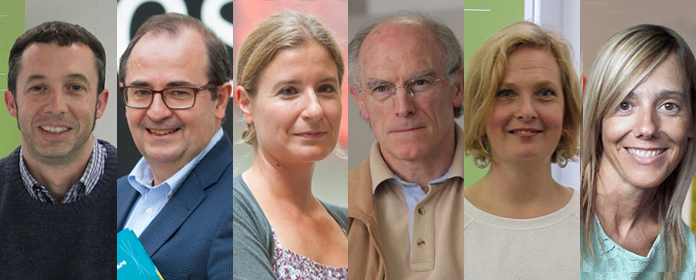
The media can improve citizens’ understanding of palliative care and, consequently, contribute to its development in Spain. This is one of the main conclusions of an ATLANTES Program study published in Plos One. ATLANTES is a project at the Institute for Culture and Society (ICS) of the University of Navarra.
According to the World Health Organization (WHO), palliative care aims to improve quality of life for patients (and family members) whoare facing a life-threatening disease. It does not just pay attention to physical discomfortat the end of life, but also addresses psychological, social and spiritual issues.
In Spain, it is estimated that less than 50% of people who could benefit from these therapies have access to them, despite different plans and strategies for integrating them into the Spanish health systems.
In order to understand how Spanish newspapers portray palliative care and contribute to its social representation, the team analyzed 262 articles from the MyNews digital archive published between 2009 and 2014 in El País, El Mundo, ABC and La Vanguardia.
Sociopolitical debatesThe article demonstrates that palliative care is substantially present in the Spanish press, although the most common coverage focuses more on sociopolitical debates—for example, in light of new laws related to the end of life or controversial euthanasia cases—than its benefits for patients or its development.
The social actors typically mentioned in palliative care articles include the following, ordered bynumber of mentions: politicians, healthcare professionals, civil society organizations, individuals and editorial teams.
Politicians make a clearly instrumental use of palliative care to frame political strategies in line with the ideology, proposals and actions of their respective parties.
"In addition, the news in which politicians appear frequently has to do with debate that has captured media attention at a specific moment," according to José Miguel Carrasco, the article’s principle author, a former ATLANTES research fellow and founding partner of Aplica Coop.
And what about healthcare professionals?Perspectives from palliative care professionals within the healthcare field are included to a lesser extent; when they make appearances, it is as a key source of objective information on technical issues, especially when commenting on controversial cases and regarding debates surrounding end of life legislation.
"Their messages tend to be didactic and to promote this type of care," José Miguel Carrasco noted.
Civil society groups normally appear in discourse and messages related to pro-life associations and organizations, associations in favor of euthanasia, patient associations and the Catholic Church. Each defends their ideological and moral position.
"We found few pieces with testimonies from patients or their relatives that have used palliative care services," José Miguel Carrasco says. "In addition, the articles we did findmainly included testimonies of how those involved benefited from these services."
Positive reflections onpalliativecareFinally, the study identifies how palliative care is reflected in opinion columns and editorials; there, newspapers take an ideological stance on contemporary debates, such as euthanasia.
According to this study, most coverage associates palliative care with the end of life and aspects related to fear and pain, instead of what it can contribute when it comes to coping with it.
"When different palliative care agents—professionals, patients and relatives—talk about this care, they provide clearer information about the nature of this care and its benefits for patients and caregivers. In this way, they contribute to building a more positive image of this care practice," according to Carlos Centeno, principal investigator of the ATLANTES Program at the ICS.
The researchers argue that greater visibility in the press for messages from groups associated with this kind of care can help promote its expansion and integration into healthcare services.
In addition to José Miguel Carrasco and Carlos Centeno, professors from the University of Navarra’s School of Communication, Beatriz Gómez Baceiredo and Alejandro Navas, also co-authored the article, as well as Marian Krawczyk, from the Centre for Health Evaluation and Outcome Sciences and Trinity Western University (Canada), and Miriam García, from Errea Comunicación.
Previous researchThis article is the continuation of another 2017 study published in the same journal. It reviewed 627 articles, 57% in print newspapers and the rest in digital media. For the former, only 2% of articles and news were found in the healthcare section. 90% of the texts analyzed contained sociopolitical messages.
35% of the articles cited palliative professionals and 32% cited politicians. Most of the messages analyzed did not describe professional practice or its benefit to patients. In fact, researchers recommended that the media devote more space in its coverage to these issues.

